Opinion
US Superbowl commercials or local news – what’s more important to you?

Do you know that prior to 2 years ago, you couldn’t watch the Superbowl complete with those amazing Superbowl commercials in Canada. Before that, you had to wait, maybe catch them online, or the next morning on a local newscast. I know, it seems like ancient history. In our thirst for entertainment and information that is widely available “on demand”, we are testing the limits of a terrestrial television system designed decades ago.
The Supreme Court of Canada has agreed to hear the case of Bell Media/CTV and the NFL as it relates to the CRTC’s decision to exempt the Superbowl broadcast from the rules of “simultaneous substitution”. Called ‘sim-sub’ for short, it is the practice of blocking of US commercials on Canadian TV channels and in their place substituting national and local Canadian commercials. It’s been around since the rise of cable delivery in our country as a way to protect the exclusive licenses that Canadian TV companies have when they purchase the rights to a US network program and air it in Canada. These revenues help offset the cost of local news operations which generally are resource-heavy, low-margin, and in some cases, heavily subsidized programs.
In 2016 the CRTC made an exception to the sim-sub rules, allowing cable & satellite companies to dispense with the practice for Superbowl. Only the Superbowl. Why? Because the CRTC received tons of complaints for years from people who wanted to watch the big budget US Superbowl ads but couldn’t because the Canadian broadcast was full of ads for Tim Horton’s. You know what I mean.
This is in the news now because the Supreme Court of Canada has agreed to hear the case being made by CTV and its parent company Bell Media, along with the NFL. They make very good points relative to policy and regulations around this long-standing practice. They negotiated a long term deal with the NFL based on buying the “exclusive rights” to the game and paid big money. And then the CRTC changed the rules.
Here’s some background. The Canadian TV system works, complete with its local newscasts and Cancon rules worked because for years, revenue was generated and profits derived largely by purchasing Canadian rights to first-run US network programs and broadcasting them, generally in primetime, in “simulcast” with the originating US station. You know… you think you’re watching Lucifer on FOX 28 KAYU only to realize you’re watching CTV when a commercial break comes on. You’re a bit confused, then the show ends and suddenly you’re watching FOX 28 again. No, it’s not you. It’s the system. This practice protects the Canadian TV station’s exclusive rights by blocking all other signals and inserting the Canadian channel over top of them.
Still with me? Ok… now in the case of the Superbowl, the system changed with no apparent warning.
The Superbowl is widely watched, but its for the commercials, as evidenced by the many complaints the CRTC received every year. In their zeal to satisfy the masses and quell the complaints, the Commission in effect sacrificed CTV’s exclusive right to broadcast the game in Canada, and killed their ability to recoup the massive rights fees they’ve paid.
What happened next? The Superbowl arrived on a variety of US cable channels, complete with the must-see commercials. And CTV, the only company that actually paid for the exclusive rights to broadcast the program in Canada, was out of luck. The Superbowl was featured on a number of channels and CTV’s audience took a beating. The value of their commercials went down considerably. Why? Because of the US channels with the high-budget US ads. The tsunami of production value, A-list talent and of course, those Budweiser horses proved irresistible.
So off they all go to the Supreme Court to sort it out. Bell Media will surely argue that the loss of revenue from a show like Superbowl directly impacts the funds available to create local newscasts, pay staff, and generate profit for shareholders.
Bell said in a statement it is pleased that the Supreme Court will hear the appeal:
“We look forward to advancing our argument that a broad range of Canadian creators, producers, advertisers and businesses have been negatively impacted by the original decision.”
So what do you think? Is watching US commercials in the Superbowl more important than preserving the regulatory framework that protects our local over-the-air TV system across the country? Because the two really are inextricably linked. By eroding the ability for a Canadian program rights-holder to recoup their investment, as the CRTC did by making an exemption of Simsub rules for Superbowl broadcasts, it strikes right to the heart of funds available to produce local news programming.
So now the greater question is just how important is local TV in today’s world of digital communication, on demand viewing, tablets, phones, PVR’s, and social media? Audiences and revenues for local Canadian TV stations have been under increasing pressure for years, and few cities realize this more than Red Deer.
While not related to Superbowl advertising, the one local TV station here closed its doors and quit broadcasting in 2009. When it closed, I’m told by a former Commissioner that not a squeak was heard at the CRTC from this local community- not a letter or comment. So was the station even missed? Many will remember (or not) when it was for a short period of time called E! Entertainment, all in an effort to find inexpensive programming. Ultimately it didn’t work. CKRD, RDTV, E!, CHCA- it had many aliases, but ultimately struggled to drive enough revenue to continue operating. That was 9 years ago, and many of the factors that led to its closure have only accelerated since then.
Do you watch local TV news from the remaining stations in Edmonton and Calgary? Are these institutions still important, or would we all rather just watch US commercials and US TV shows and say goodbye to the notion of local TV news programming here in Canada? How have your habits changed? Do you care? Because you really can’t have it both ways for very long.
Lloyd Lewis is President of Todayville, INC. He was VP/GM of CTV Edmonton from 2005-2015 and GM of RDTV Red Deer from 1997 to 2000. He worked in the local television industry for 35 years.
2025 Federal Election
In Defeat, Joe Tay’s Campaign Becomes a Flashpoint for Suspected Voter Intimidation in Canada

 Sam Cooper
Sam Cooper
Canadian police initiated review of campaign complaint.
In one of the most closely scrutinized races of Canada’s 2025 federal election, Joseph Tay—the Conservative candidate identified by federal authorities as the target of aggressive Chinese election interference operations—was defeated Monday night in Don Valley North by Liberal Maggie Chi, following a campaign marred by threats, suspected intimidation, and digital suppression efforts.
The Bureau has learned that Canadian police last week reviewed complaints alleging that members of Tay’s campaign team were shadowed in an intimidating manner while canvassing in the final days of the race. The status of the incident review remains unclear.
With over 20,000 votes—a 43 percent share compared to 53 percent for Liberal Maggie Chi—Tay nearly doubled the Conservative Party’s 2021 vote total of 12,098 in this riding.
Last Monday, federal intelligence officials disclosed that Tay was the subject of a highly coordinated transnational repression operation tied to the People’s Republic of China. The campaign aimed to discredit his candidacy and suppress Chinese Canadian voters’ access to his messaging through cyber and information operations.
That same day, federal police advised Tay to suspend door-to-door canvassing, according to two sources with direct knowledge, citing safety concerns. Several days later, Tay’s campaign reported to police that a man had been trailing a door-knocking team in a threatening manner in a Don Valley North neighbourhood.
Following The Bureau’s reporting, the New York Times wrote on Sunday: “Fearing for his safety, Mr. Tay… has waged perhaps the quietest campaign of any candidate competing in the election. The attacks on Mr. Tay have sought to influence the outcome of the race in Don Valley North, a district with a large Chinese diaspora in Toronto, in what is the most vote-rich region in Canada.”
In a twist, in neighbouring Markham–Unionville, Peter Yuen—the Liberal candidate who replaced former MP Paul Chiang, who had made controversial remarks about Tay being turned over to Chinese officials—was defeated by Conservative candidate Michael Ma. According to Elections Canada’s results, Ma secured the riding by about 2,000 votes.
Tay and his campaign team had conducted extensive groundwork in Markham–Unionville earlier this year, where he publicly announced his intention to seek the Conservative nomination in January. However, the party ultimately assigned him on March 24 to Don Valley North—a riding that, according to the 2024 report of the National Security and Intelligence Committee of Parliamentarians (NSICOP), was the site of serious foreign interference by the People’s Republic of China during the 2019 election.
At 2 a.m., Tay posted a message to X thanking supporters: “By God’s grace, though we did not win tonight, we have already won something far greater—the courage to stand, to speak, and to dream together.”
Signaling he may run again, Tay added: “Our journey does not end here. I remain committed to upholding Canadian values—freedom, respect, and community—and will continue to serve and help build a wholesome, principled community in every way I can.”
Last Monday, SITE—Canada’s election-threat monitoring task force—confirmed that Tay was the target of a coordinated online disinformation campaign, warning in briefing materials that “this was not about a single post” but a “deliberate, persistent campaign” designed to distort visibility and suppress legitimate discourse among Chinese-speaking voters.
The tactics bore striking resemblance to interference allegations uncovered by The Bureau during the 2021 federal election, when Conservative MP Bob Saroya was unseated in Markham–Unionville amid allegations that operatives linked to the Chinese government had shadowed Saroya, surveilled his campaign, and sought to intimidate voters. Senior Conservative officials said CSIS provided briefings at the time warning of what they described as “coordinated and alarming” surveillance efforts.
In Tay’s case, official sources confirmed that Chinese-language platforms circulated disinformation framing him as a fugitive, invoking his Hong Kong National Security Law bounty—set at $180,000 CAD—to portray his candidacy as a threat to Canada.
Earlier this month, The Bureau reported that former Liberal MP Paul Chiang—who defeated Conservative incumbent Bob Saroya in 2021—withdrew as a candidate after the RCMP opened a review into remarks he made suggesting that Joe Tay’s election could spark “great controversy” for Canada because of Hong Kong’s national security charges, and that Tay could be handed over to the Chinese consulate to collect a bounty. Chiang later apologized, describing the comments as a poorly judged joke. However, prominent diaspora organizations and human rights groups condemned the remarks as a disturbing example of rhetoric echoing transnational repression.
According to SITE assessments reviewed by The Bureau, coordinated suppression efforts were particularly acute in Don Valley North, where Tay’s online visibility was sharply curtailed across Chinese-language social media ecosystems.
The status of the RCMP’s review into Chiang’s remarks—and a separate complaint to Toronto police alleging that Tay’s campaign staff may have been intimidated while canvassing—remains unclear.
With Mark Carney’s Liberals securing a narrow minority and Canada’s political landscape growing increasingly polarized—against the backdrop of an intensifying cold war between Washington and Beijing—some pundits predict voters could be heading back to the polls sooner than expected. Whether election threat reviewers will now dig deeper into China’s suspected interference in this and other ridings remains an open question.
Mental Health
Suspect who killed 11 in Vancouver festival attack ID’d

Quick Hit:
Authorities have identified the driver responsible for the devastating attack at Vancouver’s Lapu Lapu Day festival that killed at least 11 and injured dozens more. The suspect, Kai-Ji Adam Lo, 30, had a well-documented history of mental illness, and his family sought help just hours before the tragic event.
Key Details:
- Kai-Ji Adam Lo, 30, was identified as the driver who plowed into a crowd, killing 11 and injuring dozens more.
- Lo’s family sought psychiatric help for him hours before the attack; he was already known to law enforcement.
- Police believe the attack was not terror-related, citing Lo’s extensive mental health struggles.
At least 9 dead in mass casualty event after driver crashes into crowd at Vancouver street festival.
The 30 year old driver was taken into custody by festival goers then arrested.
According to law enforcement “the suspect was known to police for certain circumstances”. pic.twitter.com/slG7LsZNFG
— Kevin Dalton (@TheKevinDalton) April 27, 2025
Diving Deeper:
The city of Vancouver is grappling with unspeakable tragedy following the deadly assault that unfolded during the Lapu Lapu Day festival, a vibrant celebration honoring the Filipino community. Authorities have identified the man behind the wheel as 30-year-old Kai-Ji Adam Lo, who was apprehended at the scene Saturday night.
Lo, whose troubled history with mental illness was well known to local authorities and mental health professionals, faces eight counts of second-degree murder, with additional charges expected as the investigation continues. According to reports, Lo’s family had reached out to a hospital psychiatric ward just hours before the incident, desperately seeking help for him amid his escalating paranoia and delusions. It remains unclear whether any intervention was made in response to the family’s call.
Vancouver Police Chief Steve Rai confirmed that Lo had no interactions with law enforcement immediately prior to the event, but acknowledged that the city is reeling from its “darkest day.” Investigators emphasized that, because of Lo’s mental state, they do not believe the attack was terror-related.
Adding to the complex portrait of the suspect, Lo was mourning profound personal loss. His brother, Alexander Lo, was murdered in January 2024. Following the death, Lo had penned heartbreaking posts online, sharing how his brother’s death and his mother’s subsequent suicide attempt shattered their family.
Tragically, among the 11 killed during Saturday’s carnage was a 5-year-old child. Dozens more were wounded when Lo drove his SUV into the densely packed crowd gathered for the festivities. Lo has since appeared in court and will remain in custody as prosecutors prepare to bring additional charges.
The horror that unfolded in Vancouver serves as a stark reminder of the broader systemic failures surrounding mental health interventions. While Canadian authorities attempt to grapple with the aftermath, this tragedy sadly echoes similar stories in other nations where warnings about individuals in crisis have gone unheeded—with catastrophic results.
-

 2025 Federal Election2 days ago
2025 Federal Election2 days agoMark Carney: Our Number-One Alberta Separatist
-
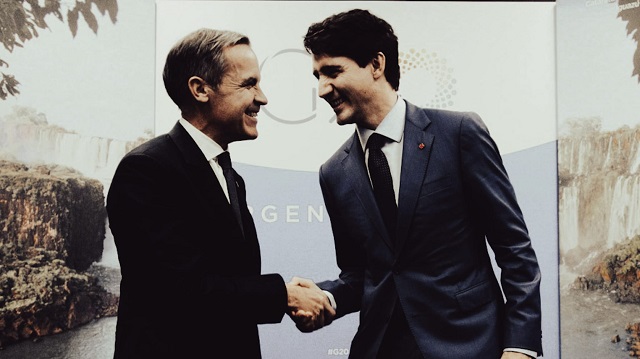
 2025 Federal Election2 days ago
2025 Federal Election2 days agoCanada is squandering the greatest oil opportunity on Earth
-

 International1 day ago
International1 day agoU.S. Army names new long-range hypersonic weapon ‘Dark Eagle’
-
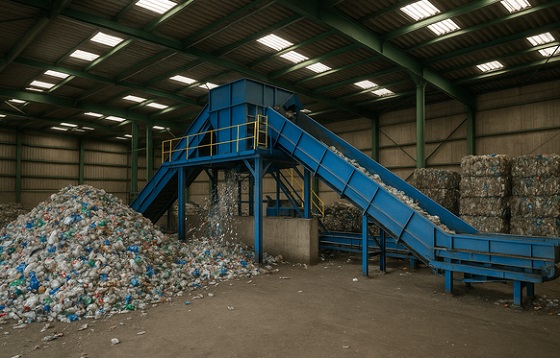
 Business1 day ago
Business1 day agoOttawa’s Plastics Registry A Waste Of Time And Money
-
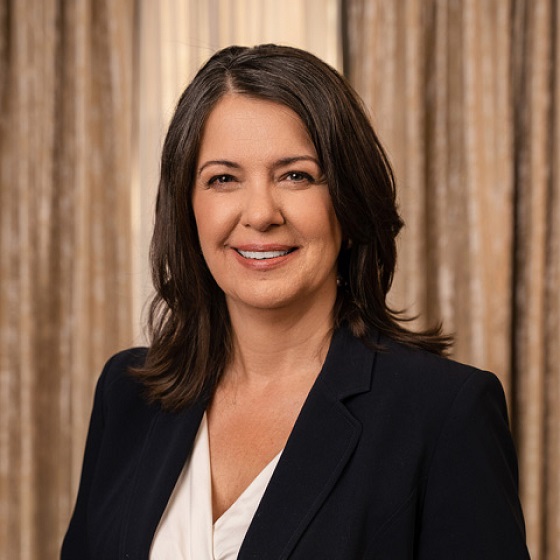
 Alberta3 hours ago
Alberta3 hours agoPremier Danielle Smith responds to election of Liberal government
-
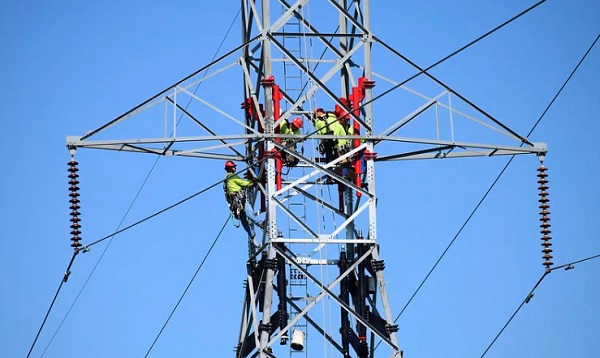
 Business1 day ago
Business1 day agoNet Zero by 2050: There is no realistic path to affordable and reliable electricity
-
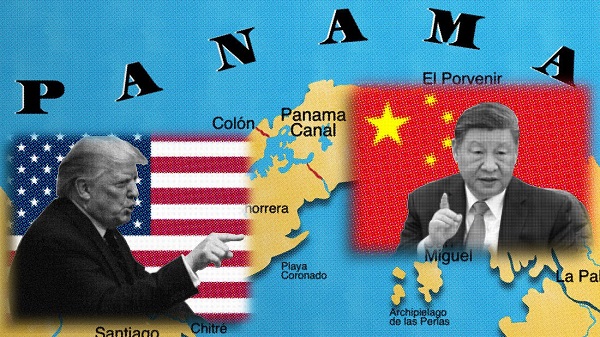
 Business1 day ago
Business1 day agoTrump demands free passage for American ships through Panama, Suez
-

 Dan McTeague2 days ago
Dan McTeague2 days agoMy fellow boomers, Carney’s ‘Green’ obsessions are bad for all of us!






